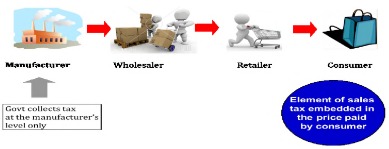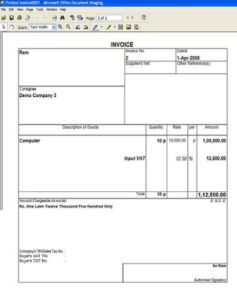
Unlike other billing methods, fixed-price billing means that the client and construction company agree to a set price for the services at the onset of a project — thus the name fixed price. The basic principles of construction accounting include tracking job costs and revenue recognition. Aimed at smaller construction teams, Sage 100 Contractor provides many of the same benefits and tools included in its larger offerings.

Contract Retainage
For expenses specifically, you’ll want to categorize them by service and by contract so that you can get a clear picture of how much money you’ve made vs. how much you’ve spent per project. For one thing, accounting will take less of your time, especially since many accounting solutions offer automated expense categorization and other wave software time-saving features. Plus, you should have more clarity on the financial health of your business. The first—cash accounting—involves recording income when you receive it and expenses when they’re paid for. Accrual accounting, on the other hand, records income when you earned it, regardless of when the cash actually changes hands.
Tip #8: Use milestone payments
Due to standardized invoicing, tried-and-tested practices, and the language used, AIA billing can speed up payments and reduce the margin of error. Secondly, this ensures that the contractor complies fully with industry standards. Contractors implement unit-price billing when understanding solicitation laws in florida they can’t estimate the unit production cost for the project with a lot of certainty. Job costing entails a granular breakdown of expenses attached to each project. As a result, it helps contractors spot potential problems and more easily plan similar projects in the future.
Introduction to construction accounting (for busy contractors)
It’s helpful when you need to keep an accurate record of your progress and give stakeholders an idea of what to expect in the future. Companies that had client tracking, software integrations and mobile apps performed better than those that didn’t. This software is best for contractors who have multiple projects happening simultaneously. Sage 300 is as comprehensive as it gets with prebuild reports; there are more than 1,400 to choose from.
How do construction companies track expenses?
- The cash method of accounting for contractors is a system that records all cash transactions when they occur.
- What’s one thing that every business—large and small, new and established—needs to thrive?
- As a result, construction companies often find it difficult to match the efficiency of companies that make the same products repeatedly in a controlled location.
- Firms are increasingly being hit by legislative accounting requirements, which not only impacts construction accounting but effectively defines how it’s done.
Additionally, Vista users can access Viewpoint Analytics to visualize construction data like daily logs, RFIs, and submittals. The software also delivers flexible reporting and analytics, with pre-built options for progress billing and contract summaries. Overall, Vista makes tracking change orders, labor, and equipment easy for granular breakdowns on project profitability.

Use a journal, spreadsheets, or construction accounting software to record day-to-day transactions like accounts payable, accounts receivable, labor costs, and material costs incurred. You’ll want to include a description of each transaction, the date of the transaction, and the revenue received. In accrual-basis accounting, revenue and expenses are recognized in the period earned or spent, instead of when they’re paid or received. Many businesses find this method difficult, as long-term construction contracts spill across more than one fiscal period. This can result in lots of journal entry adjustments and back-office work. However, this approach does give contractors very accurate pictures of financial health.
The most effective construction companies are proactive rather than reactive. The cash method of accounting for contractors is a system that records all cash transactions when they occur. This method is often used in construction accounting because it allows contractors to accurately track their cash flow and the progress of their projects. Construction where to mail tax return accounting is an essential part of managing a construction business. It involves tracking the cost of labor, materials, and other expenses to ensure that projects run as efficiently and cost-effectively as possible. Construction accounting also involves tracking revenues so that you can accurately measure the profitability of your projects.
That means a contractor’s profit margin may be held back long after their portion of the work is complete. On top of that, construction is a notoriously volatile industry with a high failure rate, slow time to payment, and inconsistent cash flow. To ensure job costing is accurate, businesses must monitor and track their billing process closely. For this reason, we’ve outlined all the billing basics in contractor accounting. Construction accounting is different from standard accounting as it deals with long-term projects that have uncertain results, changing costs, and complex contracts.
Construction companies must now wear the hats of diligent auditors, scrutinizing contracts, redefining accounting policies, and ensuring a smooth transition aligned with ASC 606. Further, this framework can reshape perceptions on variable considerations, warranties, and more. Enter ASC 606, a collaborative brainchild of FASB and IASB, unveiled in 2014. Championing transparency and consistency, it involves a standardized five-step model for revenue recognition, ranging from contract identification to revenue recognition per performance obligation. For instance, all of the income of the partnership needs to be reported as it was distributed to the partners. As a result, each partner shares in the losses and profits of the joint partnership.
These 3 methods sound pretty self-explanatory, and contractors use them to determine when expenses and income “count” — so to speak. Sometimes, they use one method for their bookkeeping and another for tax reporting. All this is legal — and even advisable — but the only thing is to remain consistent over time.